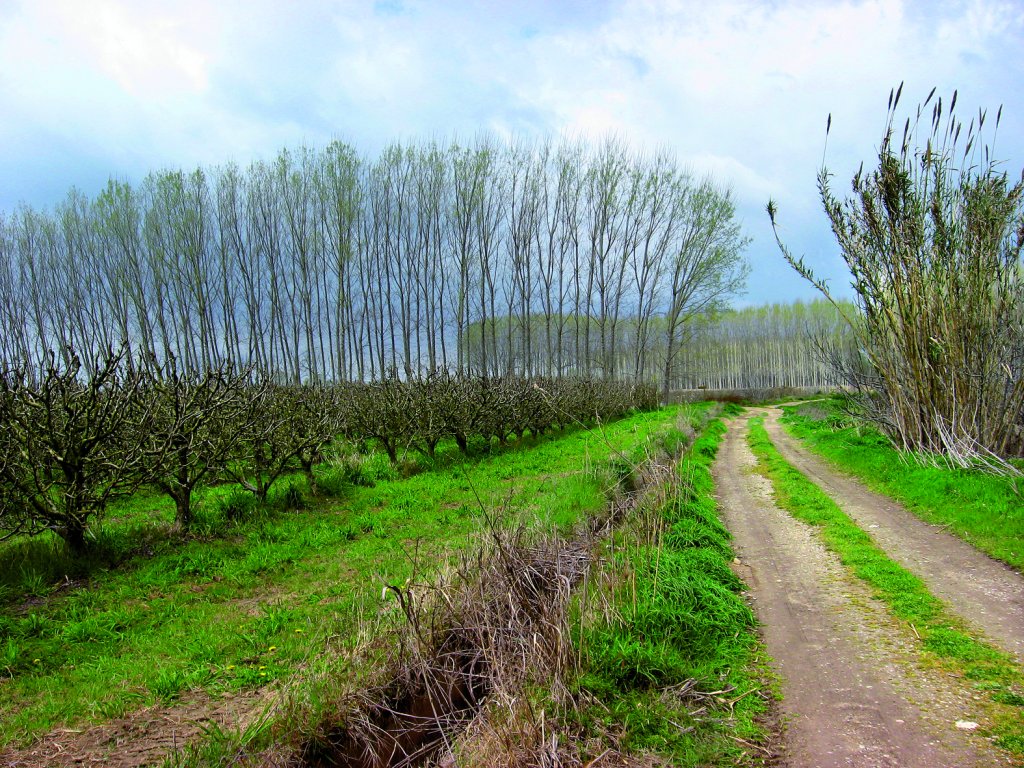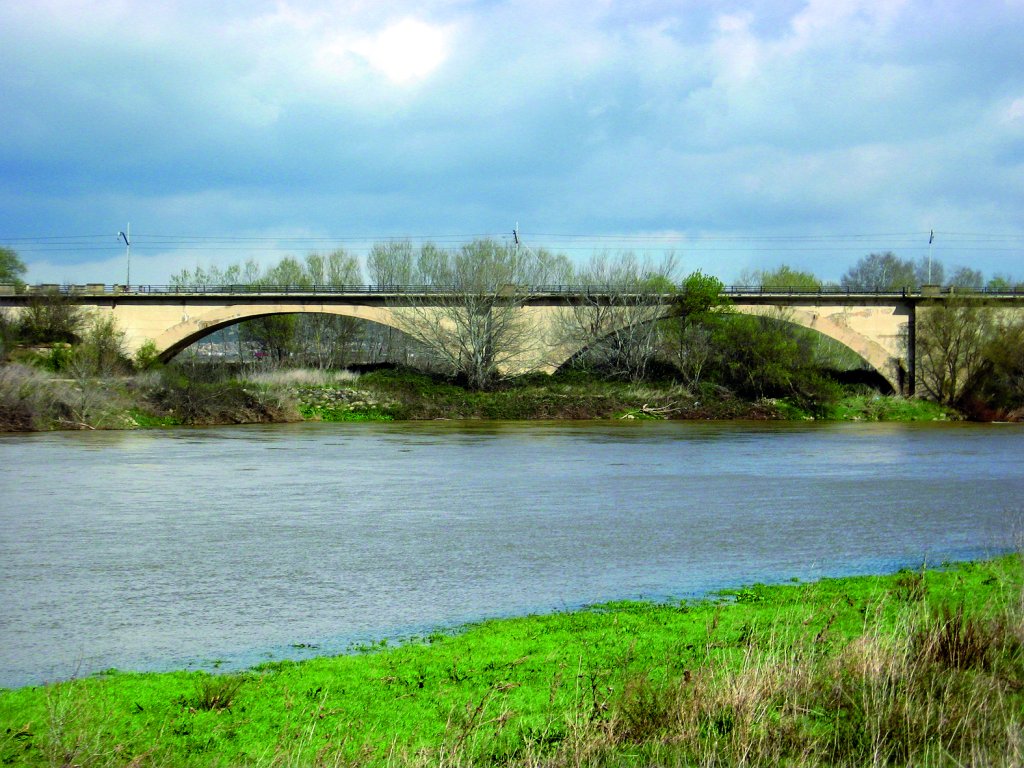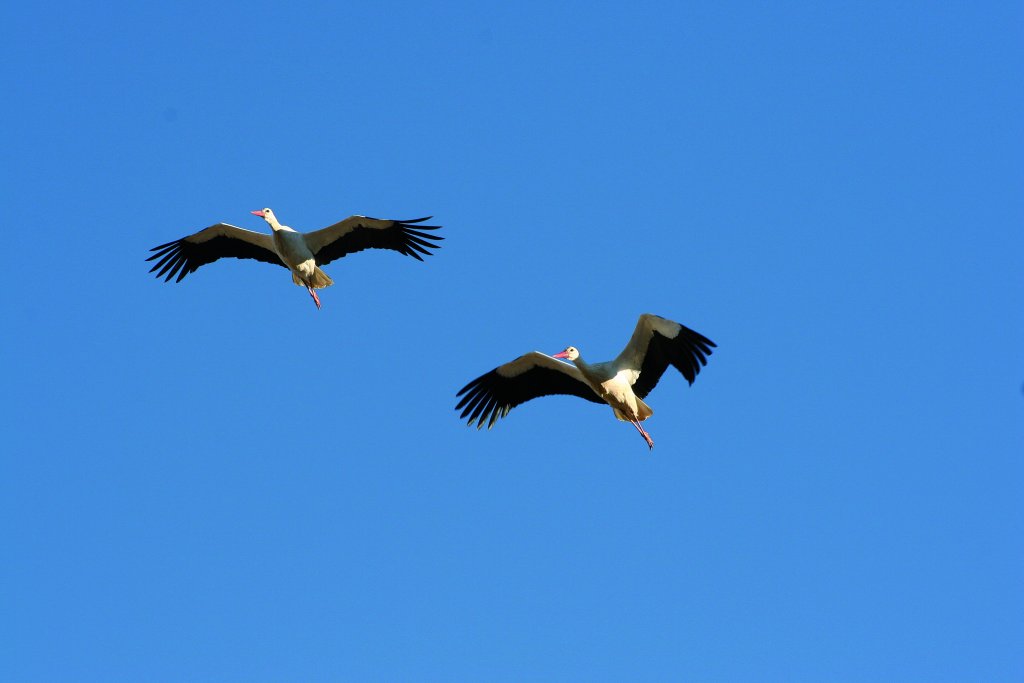Stage 19.2: Rincón de Soto - Castejón de Ebro
Description

From the northeast corner of Rincón de Soto (285 m), the route runs along a path through farmlands that leads to the defence system along the Ebro. The Trail runs parallel to the river, then three kilometres further on, crosses the Tuero estuary, then turns right (east) in the municipality of San Juan. With this change of direction, the route avoids venturing into the Soto de Granja Fría Natural Site, which forms a meander carpeted with willows, alders, black and white poplars, elms and tamarisks, and populated with purple and grey herons, black-crowned night herons and various ducks, as well as European minks and otters.
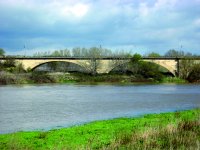
The route runs (southeast) along the road to Abejera, then turns left (northeast), near the lagoon and ruins of Venta de Orovín (7.9 km, 1hr 35min). It now turns left (west), then right (east) until the road to Tejada, which it follows for a few metres to the right (east), then, in the municipality of Navardín, continues straight ahead to the River Ebro.
At the moat of the defence system, the route, carpeted with fruit-growing trees, continues to the right (east), towards the municipality of El Origoso (Navarre), overlooking the town of Milagro, on the opposite bank. Soon after, it ventures into the Hormiguero woodland (11.1 km, 2hr 5min), included in the Sotos de Alfaro Nature Reserve (933 ha distributed across both banks of the Ebro, from Milagro to the Castejón railway bridge). The route drifts away from the riverbank turning to the right (south), crosses the Hormiguero and heads southeast along the road to Nava that leads to the Alfaro wine production facility (283 m, 16.7 km, 3hr 15min), only one kilometre from the town.
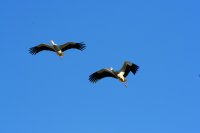
The town has a wide range of services. It is home to the collegiate church of San Miguel Arcángel, the church of Nuestra Señora del Burgo, the shrine of San Roque, the palace-abbey (present-day city hall and culture house), and the Roman remains of Graccurris and the Nymphaeum next to Alhama. Also noteworthy is the large colony of white storks, the largest in a European urban context, whose nests crown the collegiate.
Leaving Alfaro behind to the northeast (past the former sugar refinery, present-day wine cellar) along the road to Estajao, the route descends to a fertile plain via a ramp carved into the escarpment. At the bottom, the route continues along the track that leads straight ahead to Sotos de Alfaro recreation area.
The GR 99 turns to the left and crosses a footbridge over the River Alhama, then runs along the southbound riverbank. Further on, through vegetable gardens with views of Alfaro (southwest) and Castejón (east), it reaches a track and continues northeast towards a paved road leading to the Escuela de Conservaduría Vegetal.
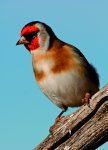
About one kilometre further on, the route turns onto another track to the left (north) and descends to the fertile plain of Alhama and the Ebro, surrounded by vegetable gardens and riparian forest. First west, then east, the route reaches the defence moat situated where the Alhama joins the Ebro. A riverside shelter of the Ebro Nature Trail can be found here (23.4 km, 4hr 4min).
From here, the track or moat runs parallel to the Ebro, past the railway bridge. Immediately after, the Trail leaves this track and ventures to the left, passing under the railway bridge, to follow a riverside path to Castejón Bridge (on the NA-113) and the panel that can be found after the bridge via a path along the slope (255 m, 26.2 km, 5hr 20min). The Castejón Bridge is the link with Section 20.
Profile
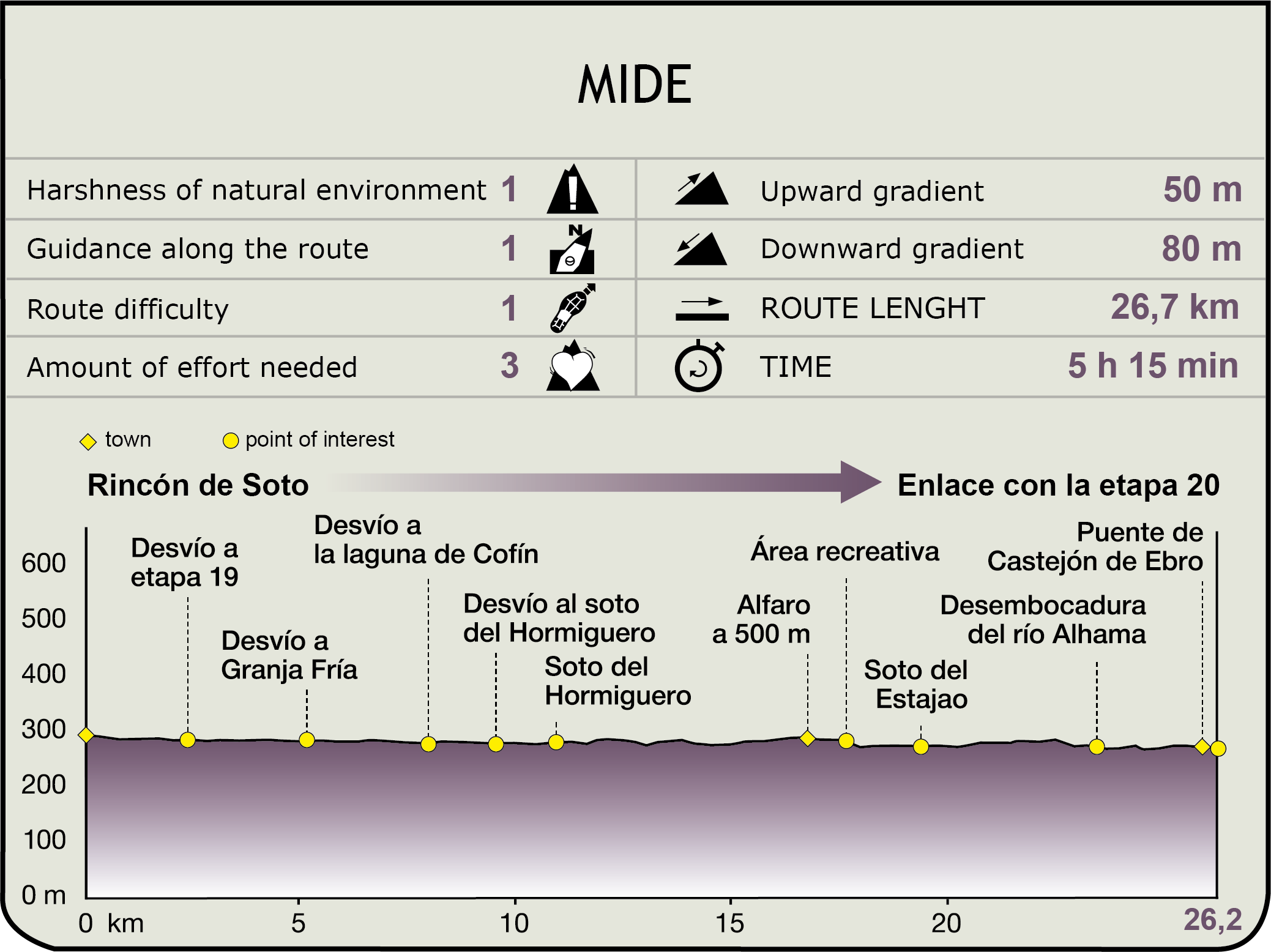
MIDE (Method for the Information of Excursions)
Featured
Further information
The Estajado meander
The “Vuelta al Meandro del Estajado” (Estajado Meander Circuit), created by the Regional Government of La Rioja, starts in Sotos de Alfaro recreation area. Poplars, ashes, elms, grasslands, tamarisk groves, reeds and nettles coexist with traditional agriculture in a protected orchard, alongside wide meanders, abandoned meanders, islands and beautiful beaches. High humidity contributes to the growth of highly diverse fauna and vegetation. The Ebro Nature Trail passes through this track, but does not complete the circuit.
